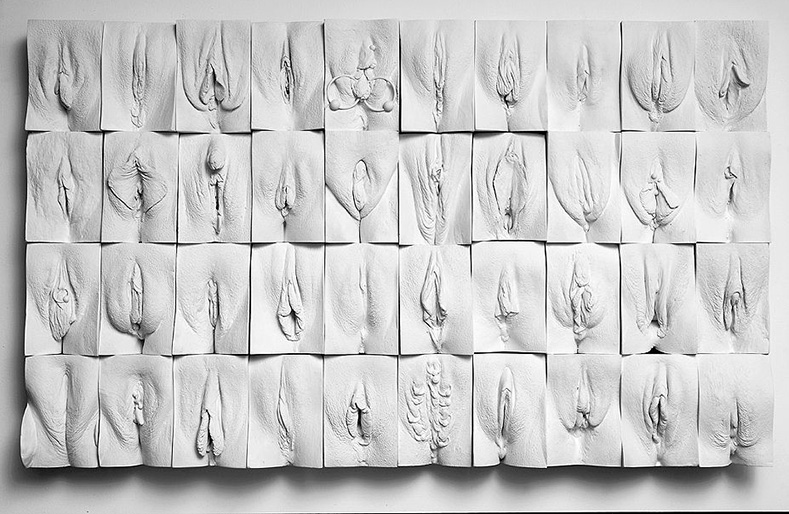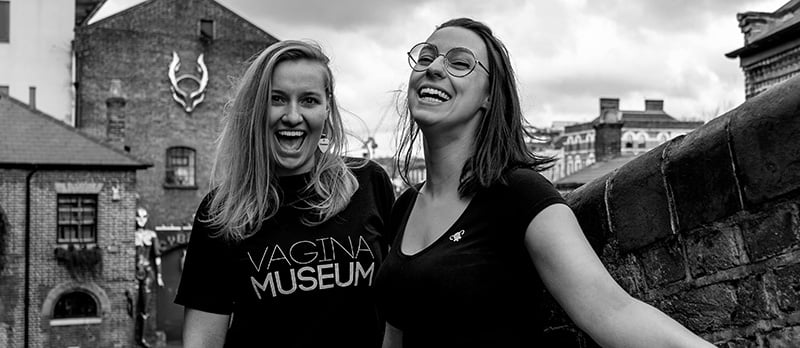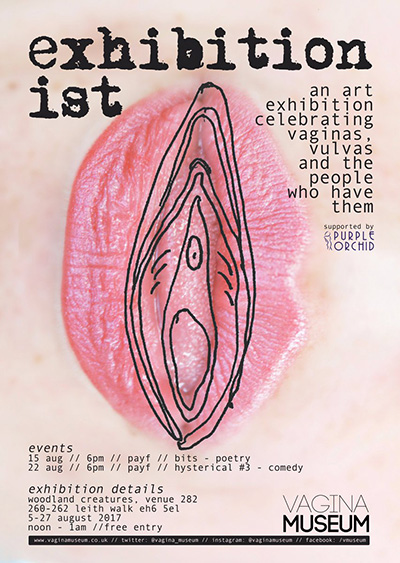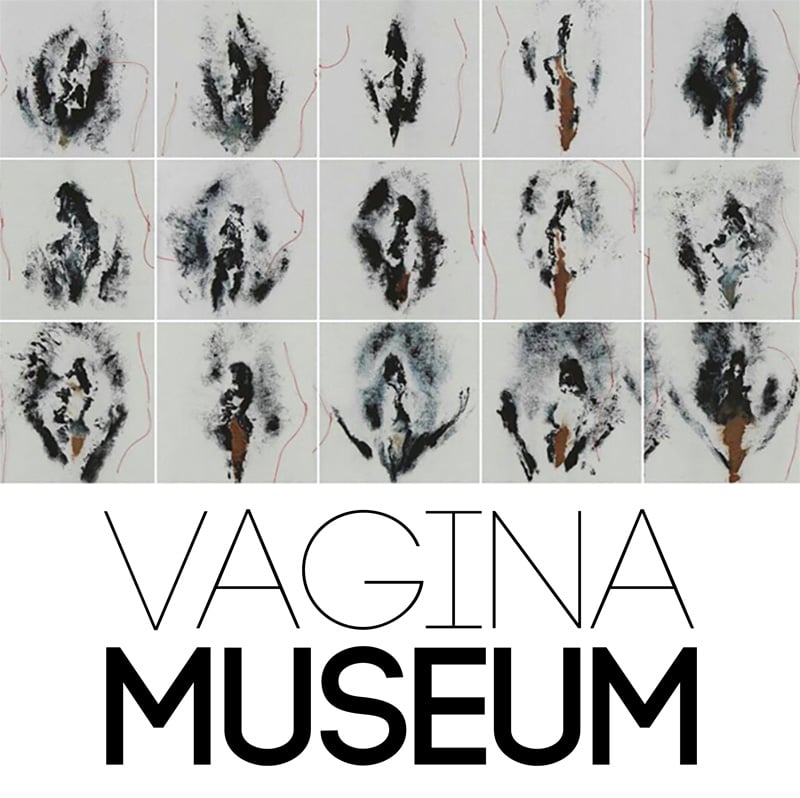Did you know that there is a bricks and mortar museum dedicated to the penis but no equivalent for the vagina? Well, all that is about to change. FrolicMe caught up with Florence Schechter—a science communicator, comedian and presenter who has taken up the challenge to redress this balance and bring a Vagina Museum into the world.
It was while researching animal parts for her Top 10 Animal Penises YouTube show, that Florence first became aware of how little research had been done on actual vaginas, whatever the species, including humans. She found a real male bias surrounding the study of genitalia with 49% of data all about the dick and only 8% dedicated to the vagina. The other 43% were combined studies.
She took it upon herself to find out more. After discovering there is a penis museum in Iceland, but nowhere in the world devoted to the vagina, she decided to build somewhere.
So you might wonder what will actually go on at a vagina museum. Well, of course, there will be historical facts and artefacts but it will be so much more than that, it will be a centre of science, art and education too.
You might be surprised to learn there is actually a lot of vulvas in art history—you just have to go quite far back and know where to look. We had the pleasure of hearing Florence talk at this year’s Eroticon conference and were absolutely fascinated to find out that vulvas were depicted in art long before the penis ever graced the walls of caves. In fact, many ancient statues were dedicated to the vulva, yoni and vagina—think of the lovely rounded bodies of the Venuses. Venus of Willendorf from Austria is almost 30 thousand years old! Venus of Hohle Fels Germany is even older—perhaps between 35 and 40 thousand years old. The statues are small carved women and the Venus of Hohle Fels, in particular, has large breasts and a very pronounced vulva. It is the oldest undisputed depiction of the human form and it is all woman. You can read more historical facts on the Vagina Museum’s blog, Vaginas In Storage. In prehistoric art, vulvas were found in surprising numbers. It is wonderful to find out that there was once no shame surrounding female genitals, only sheer abundance and celebration of the vulva!

Not so in more recent times. In one of Florence’s blogs, she quotes figures from the Eve appeal a UK based cancer charity, that reveal some terrifying facts.
‘65% of young women in Britain say they have a problem using the words vagina or vulva. Nearly a third admitted that they had avoided going to the doctors altogether with gynaecological issues due to embarrassment.’
It is clear that the shame some people feel towards their vulvas and vaginas has to be eliminated. And surely a Vagina Museum is the perfect place to help people understand the wonder and joy of having a vulva.

We were very pleased to have the chance to ask Florence some questions about her fantastic project.
Who was the first person you told about your idea for the Vagina Museum and how did they react?
“The first place I talked about it was Twitter, actually. You can see all the various replies, messages of support and inevitable jokes.”
Have you come across any unexpected difficulties that really surprised you?
“Probably that most of my emails now get blocked by people’s servers.”
Do you feel that views have shifted at all in regards to being open about vaginas/vulvas since you first had the idea?
“We launched the project two years ago, it was about six months before #MeToo happened. Things have changed a lot in that it is possible to be a lot more open, but we’ve still got a long way to go.”
What is your ultimate hope for the Vagina Museum?
“To build a permanent museum with a collection that examines the gynaecological anatomy for all aspects—scientifically, culturally and historically.”
When you meet negativity, how do cope with it?
“Negativity can be a great motivator—when someone tells me they think the Vagina Museum shouldn’t happen because it’s gross/uncouth/etc, it drives me to do it more.”
Just how big is your launch party and how can we get an invitation?
“The Launch party is going to host about 200 people and you can get an invite by donating at least £200 to the crowdfunder.
But be quick, the deadline is May 3rd!
What other ways can we help?
“Share the crowdfunder with everyone you know by email, social media, etc. Come to one of our events.
Hold a fundraiser. Sign up to our mailing list. Share with us a message of support.
Design a piece of art for us. Talk about vaginas and the issues surrounding them with the people in your life.
Ask your local representative what they are doing for women’s and LGBT rights.

The Vagina Museum will not only be home to facts, art and history, it will also offer a comprehensive program of outreach work on gynaecological health and wellbeing with a safe space to host all sorts of vulva workshops and events.
The museum is hoping to be as open and inclusive as possible and welcomes everybody through its doors. The vision is to have a world where nobody is ashamed of their bodies and everyone has complete autonomy of their own. By having an actual physical location for people to visit, they will create a hub of creativity, knowledge and vulva pride.
We are very much looking forward to visiting the Vagina Museum when it opens and wish Florence all the best with her endeavours.

The glorious art at the top of this article is by Bee Hughes – https://www.beehughes.co.uk/
The artwork of vagina casts is by Jamie McCartney – https://www.jamiemccartney.com/
The erotic flower painting is by Jana Brike’s – jana-brike.squarespace.com



The glorious art at the top of this article is by Bee Hughes – https://www.beehughes.co.uk/